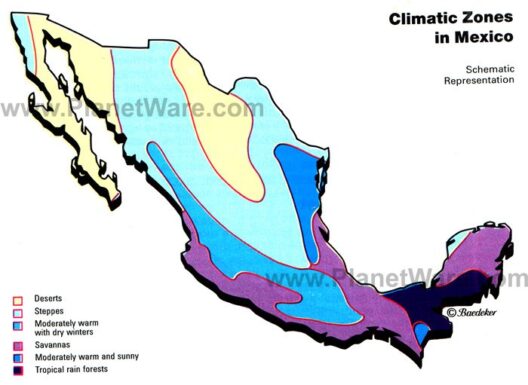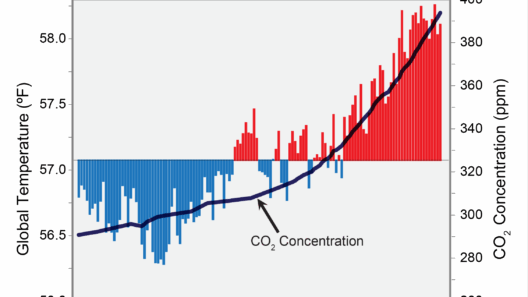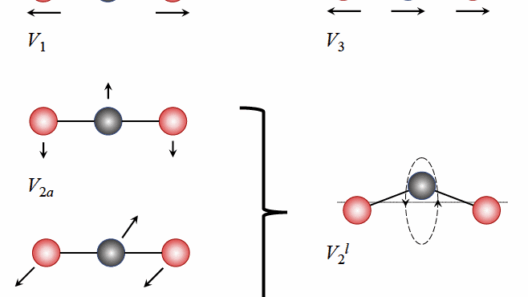Electricity powers our modern world, illuminating our homes and driving our industries. But have you ever wondered, “How can using electricity cause global warming?” This seemingly innocuous question leads to a myriad of considerations surrounding our energy consumption. As climate change continues to pose an existential threat to our planet, understanding the interconnectedness of electricity production and global warming becomes increasingly critical. Let’s delve into the intricate relationship between our reliance on electricity and the ensuing impacts on the environment.
To comprehend how electricity contributes to global warming, one must first recognize the predominant ways in which electricity is generated. The majority of the world’s electricity still emanates from fossil fuel power plants—specifically coal, natural gas, and oil. These sources, while effective in meeting energy demands, release carbon dioxide (CO2) and other greenhouse gases during combustion. This unrelenting outpouring of CO2 traps heat in the atmosphere akin to a planetary greenhouse, hence the term “global warming.”
Consider the process: when fossil fuels are burned, carbon that has been sequestered underground for millions of years is released back into the atmosphere. This leads to an increase in the concentration of greenhouse gases, which have a profound effect on our climate. The overarching narrative is that as our need for electricity escalates, so too does our reliance on these carbon-intensive sources.
It’s prudent to analyze statistics that validate this claim. The Energy Information Administration (EIA) points out that the electric power sector is one of the largest sources of carbon emissions in numerous countries. For example, in the United States, nearly 60% of electricity production derives from fossil fuels. As electricity demands surge and energy sources remain stagnant, the correlation becomes undeniably clear: the more electricity we consume, the more greenhouse gases we emit.
Now, let’s ponder a pivotal question: what are the alternatives? Renewable energy presents a promising solution, one that could mitigate the environmental repercussions of traditional electricity generation. Solar, wind, hydro, and geothermal power harness natural forces without the detrimental carbon emissions associated with fossil fuels. Transitioning to renewable sources could drastically reduce our carbon footprint, contributing to an overarching goal of maintaining a stable climate.
However, the shift to renewables encounters various challenges. Cost remains a significant barrier. Infrastructure for renewable energy may require substantial investment, and that can deter policymakers from embracing these technologies fully. Additionally, there is often a lag in policy adaptation. Incentives for fossil fuel industries remain robust, while renewables struggle to gain equal footing. The reality is complex, and confronting these obstacles necessitates not just governmental commitment but also community action and public engagement.
Another aspect worth exploring is energy storage and the intermittency of renewables. The fact remains that solar and wind energy generation is inherently variable, reliant on weather conditions. This intermittency can disrupt the reliability of the electric grid, leading to concerns over energy security. Solutions like advanced battery technologies and grid improvements are essential, yet these advancements may not occur rapidly enough to meet the demands of climate change urgency.
In this context, energy efficiency becomes a powerful ally. By minimizing energy waste in our day-to-day lives, we can reduce the demand for electricity. Simple actions such as utilizing energy-efficient appliances, switching to LED lighting, or implementing smart home systems can culminate in substantial energy savings. Collectively, individuals can play a pivotal role in reducing the overall grid demand—or at least, altering the peak-time energy requirements that often fall on fossil fuel peaking plants.
Moreover, we must engage in behavioral changes. The way we use electricity is deeply entrenched in modern life, yet habits can shift with awareness and concerted efforts. For instance, consider altering usage patterns to non-peak hours or simply being mindful of turning off appliances when not in use. These actions, while appearing trivial on an individual scale, are magnified when adopted by a collective populace.
Furthermore, governments and corporations must prioritize transparency in their reporting on carbon emissions. Empowering consumers with information about the carbon impact of their energy choices can nudge behavior towards greener alternatives. Just as the food industry has made strides in labeling for healthier choices, the electric utility sector must do the same for emissions.
Innovative technologies are also progressing. From smart grid technologies to electrical vehicles, the future of energy consumption is evolving. The advent of smart meters, which allow consumers to track their energy usage in real time, enhances our understanding of consumption patterns and assists in making informed choices. Electric vehicles represent another frontier, where the shift from gasoline to electric can yield environmental benefits—if the electricity used to charge them comes from renewable sources.
Addressing the question, “How can using electricity cause global warming?” reveals the intricate web of energy production, the necessity for major reforms, and the urgent call for both individual and collective actions. It is a dynamic challenge that transcends political and geographical borders. Ultimately, the path to a sustainable future entails not just reducing our carbon footprints but transforming our relationship with electricity.
The discourse surrounding electricity and global warming fosters an imperative: to reexamine our energy policies, invest in cleaner technologies, and nurture an informed society. Only through these collective efforts can we hope to mitigate the pressing issue of climate change while ensuring a livable planet for generations to come.








